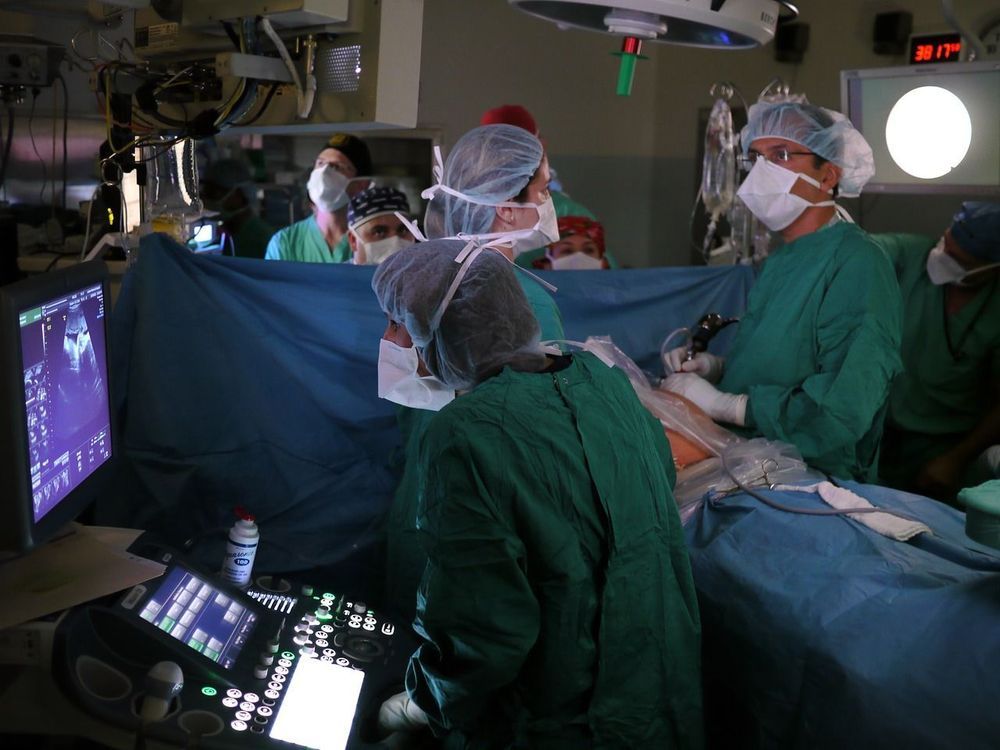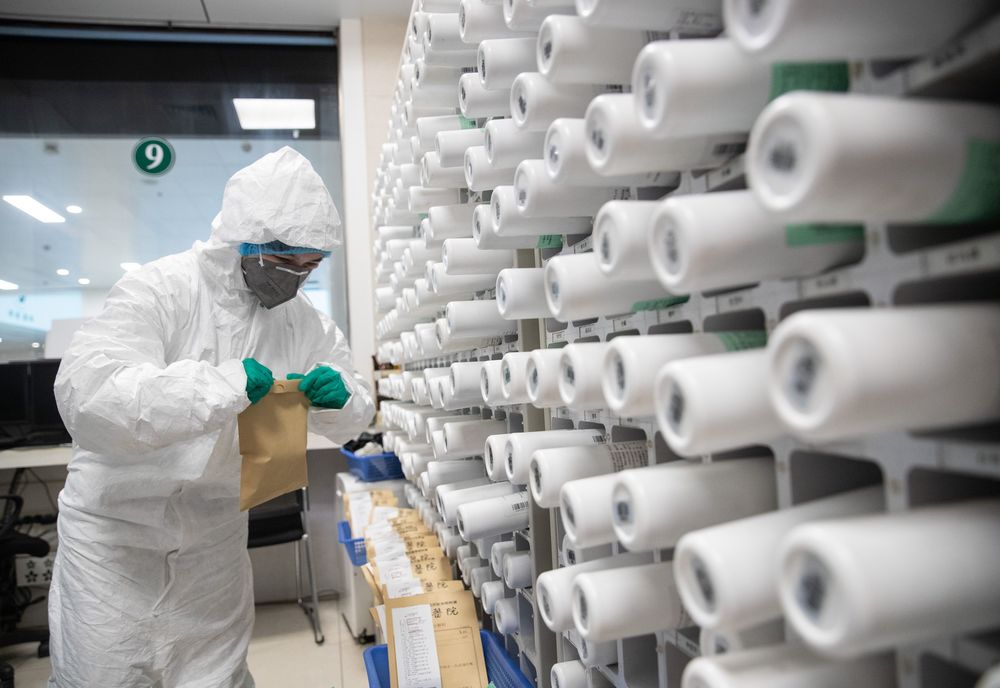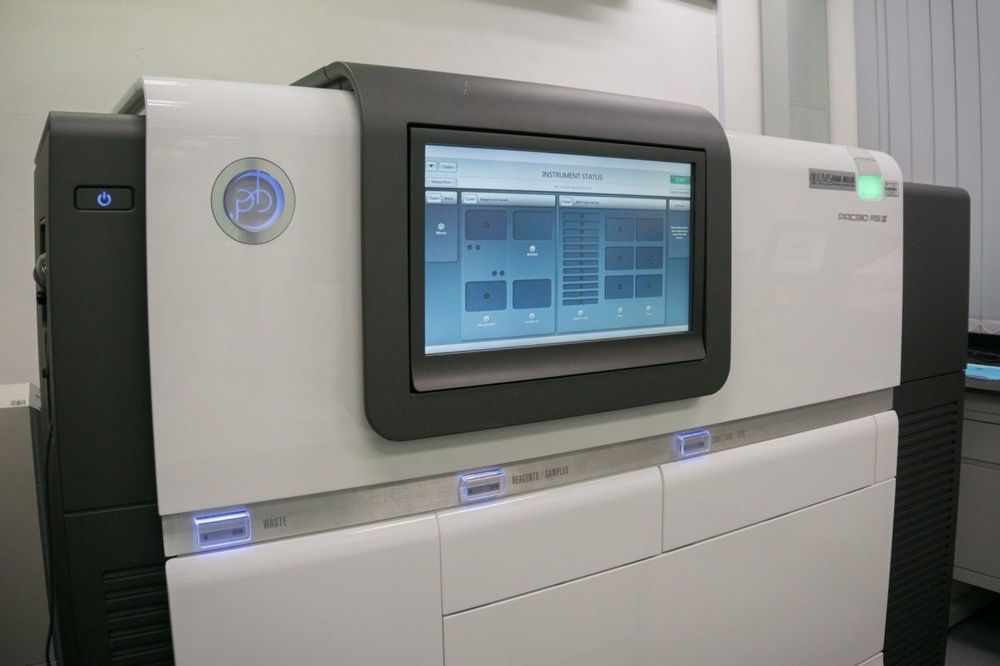An ultra-charismatic CEO and a company that wants to do just about everything.



Scientists say they have used the gene editing tool CRISPR inside someone’s body for the first time, a new frontier for efforts to operate on DNA, the chemical code of life, to treat diseases.
A patient recently had it done at the Casey Eye Institute at Oregon Health & Science University in Portland for an inherited form of blindness, the companies that make the treatment announced Wednesday. They would not give details on the patient or when the surgery occurred.
It may take up to a month to see if it worked to restore vision. If the first few attempts seem safe, doctors plan to test it on 18 children and adults.

If there was a public vote about human gene enhancement, would you vote YES or NO?
Our species is on the cusp of a revolution that will change every aspect of our lives but we’re hardly talking about it.
After three and a half billion years of evolution, two hundred and fifty thousand years of them as the ass-kicking bipedal hominins we call homo sapiens, we are on the verge of taking control of our evolutionary process unlike never before. This revolution will take hundreds of years to play out but it has already begun.
Sure, we influenced natural selection when we invented farming and modern medicine, but take a human baby from eleven thousand years ago and place him in a modern family and he’ll grow up just like any other kid. Then take a kid from a thousand years from now and place him in the same family. My belief is that the future child brought back to the present will not fit in nearly as well. He will be stronger and smarter with enhanced sensory and other capabilities. And we will have engineered him. We will have engineered us all.

Researchers in China have found that two different types of the new coronavirus could be causing infections worldwide.
In a preliminary study published Tuesday, scientists at Peking University’s School of Life Sciences and the Institut Pasteur of Shanghai found that a more aggressive type of the new coronavirus had accounted for roughly 70% of analyzed strains, while 30% had been linked to a less aggressive type.


World health officials said Tuesday the mortality rate for COVID-19 is 3.4% globally, higher than previous estimates of about 2%.
“Globally, about 3.4% of reported COVID-19 cases have died,” WHO Director-General Tedros Adhanom Ghebreyesus said during a press briefing at the agency’s headquarters in Geneva. In comparison, seasonal flu generally kills far fewer than 1% of those infected, he said.

For the first time, doctors have attempted to cure blindness by gene-hacking a patient with CRISPR technology.
A team from Oregon Health & Science Institute injected three droplets of fluid that delivered the CRISPR DNA fragments directly into a patient’s eyeball, The Associated Press reports, in hopes that it will reverse a rare genetic condition called Leber congenital amaurosis, which causes blindness early in childhood.
“We literally have the potential to take people who are essentially blind and make them see,” Charles Albright, chief scientific officer of Editas Medicine, told the AP. Editas is one of the biotech companies that actually developed the treatment. “We think it could open up a whole new set of medicines to go in and change your DNA.”

During a Tuesday briefing, the CDC’s director of the National Center for Immunization and Respiratory Diseases Nancy Messonnier warned that self-imposed quarantines could last weeks.
“You may need to take a break from your normal daily routine for two weeks,” she said, as quoted by The Washington Post.
“Staying home when you are sick is really important,” she added. “Don’t let the illness spread beyond you. Stay away as much as you can from other people.”

The 2019 novel coronavirus or coronavirus disease (COVID-19) outbreak has threatened the entire world at present. Scientists are working day and night to understand the origin of COVID-19. You may have heard the news recently that the complete genome of COVID-19 has been published. How did scientists figure out the complete genome of COVID-19? In this article, I will explain how we can do this.
A genome is considered as all the genetic material, including all the genes of an organism. The genome contains all the information of an organism that is required to build and maintain it.
How can we read the information present in the genome? This is where sequencing comes into action. Assuming you have read my previous article on DNA analysis, you know that sequencing is used to determine the sequence of individual genes, full chromosomes or entire genomes of an organism.